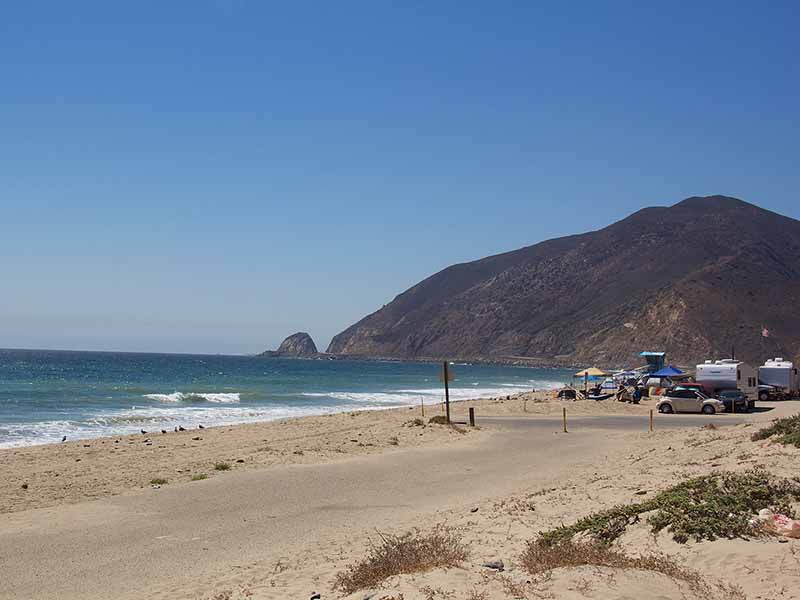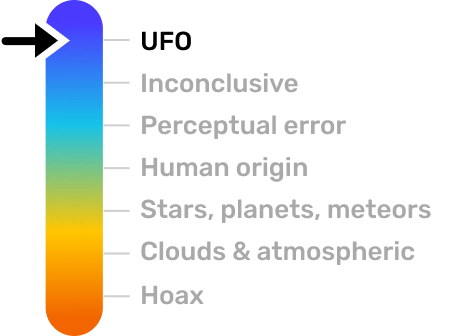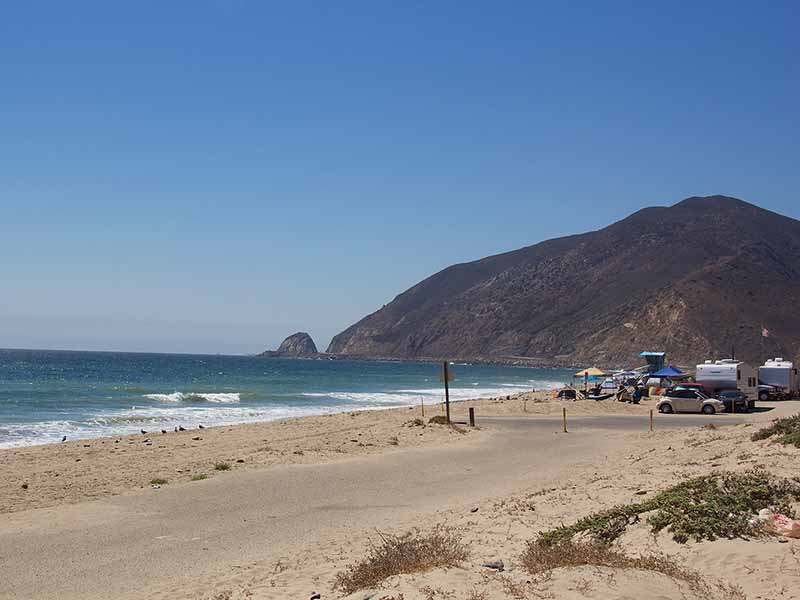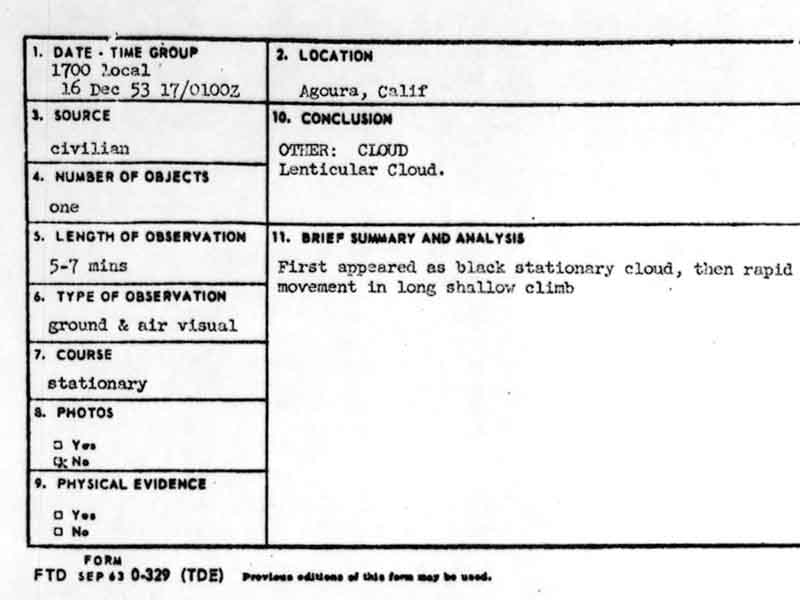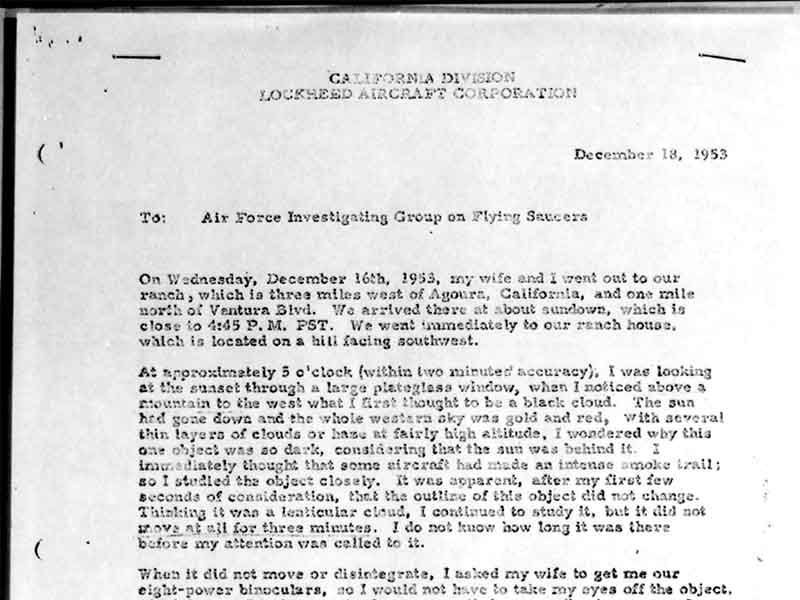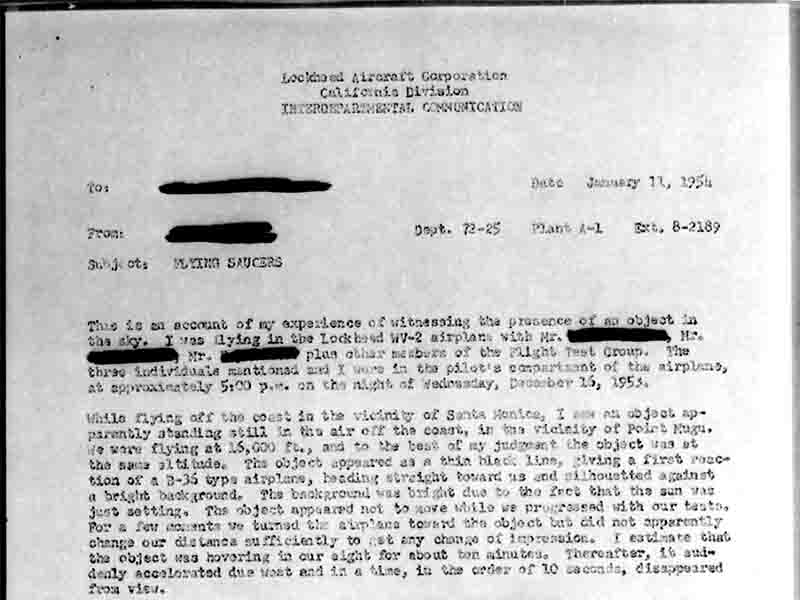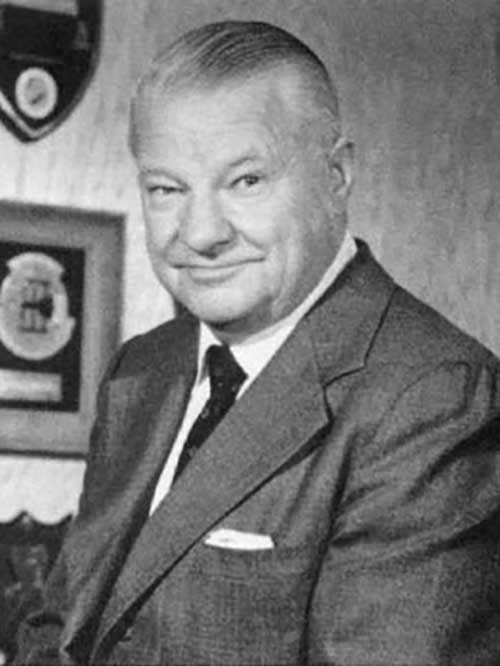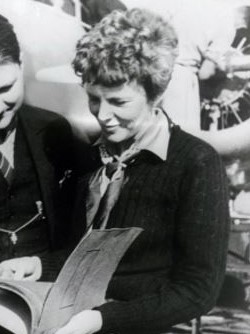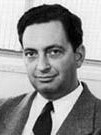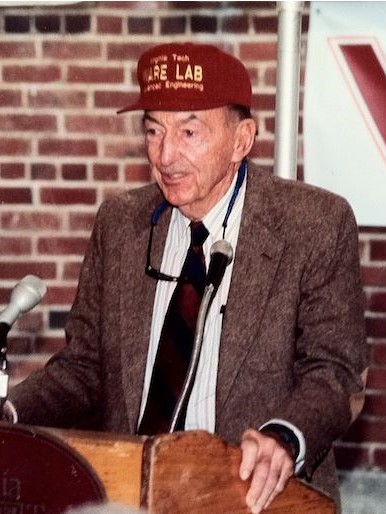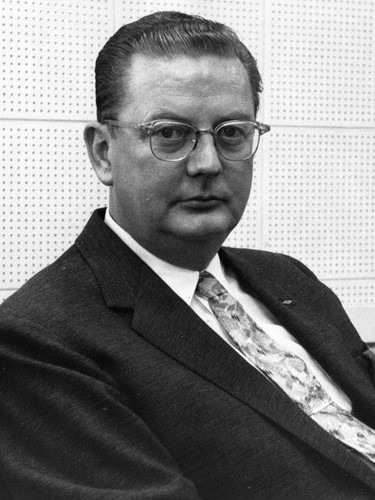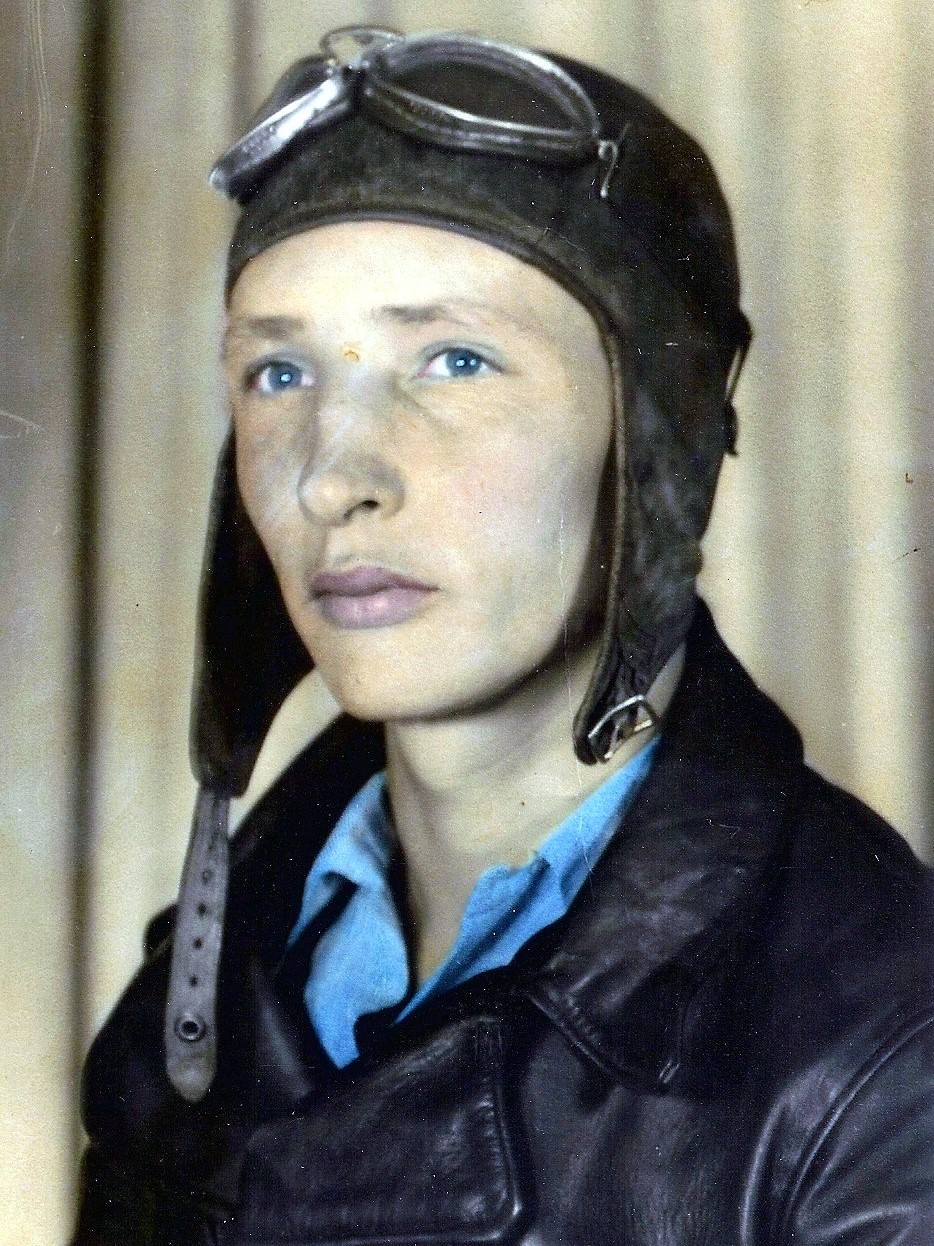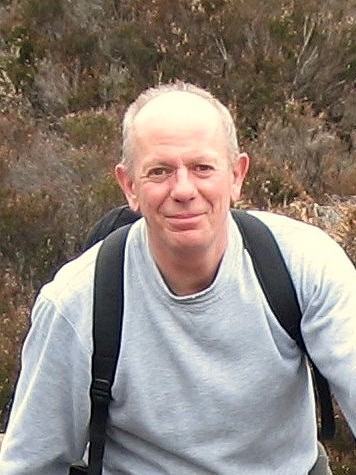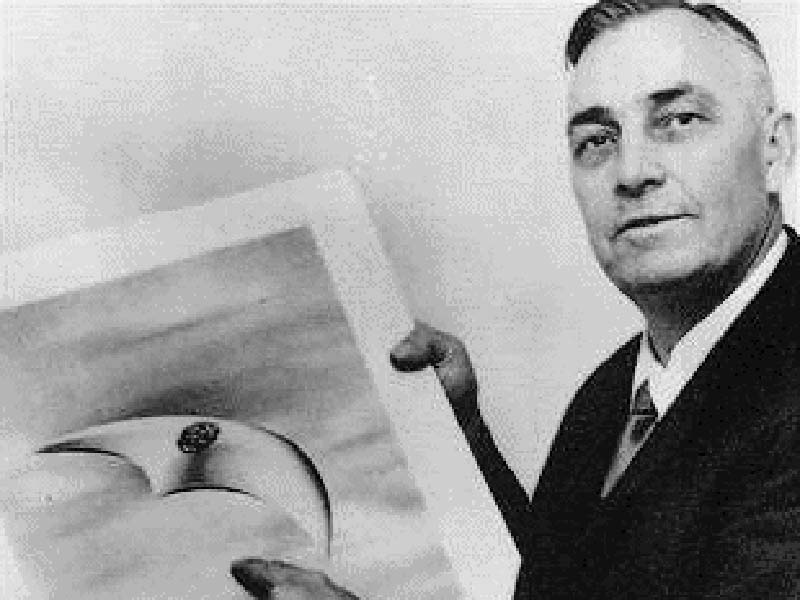1953 Lockheed Sightings
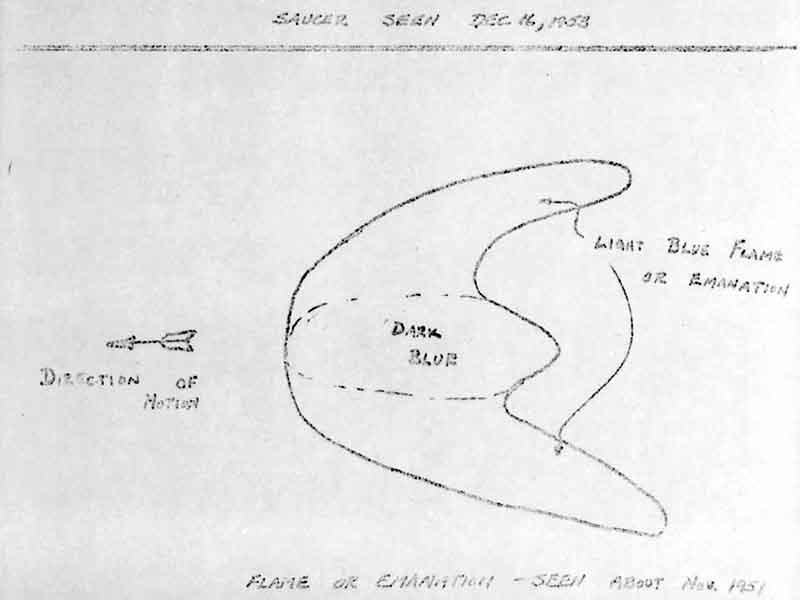
Two sets of witnesses observed a dark, sharply outlined object in the sky off of Point Mugu in Southern California. Observed from the ground and a Lockheed test aircraft, both parties provide remarkably consistent accounts of the UFO.
On Wednesday, December 16th, 1953 between 5:00 PM and 5:05 PM, two sets of witnesses, in different locations, but connected by the fact they both worked for the Lockheed Aircraft Corporation, observed an unidentified object in the sky near Point Mugu, North of Los Angeles, California. The credibility and exactitude of these witnesses, along with their knowledge of aerospace engineering, flight, and weather phenomena, make this incident noteworthy.
Kelly and Althea Johnson Witness Account
The first set of witnesses, Clarence L. Johnson and Althea Louise Johnson, observed the object from their ranch, which was sited on a hilltop approximately three miles West of Agoura, California. Mr. Johnson, also known as Kelly Johnson, was a renowned aeronautical and systems engineer who worked for the Lockheed Aircraft Corporation for 50 years. Among his many accolades and accomplishments, he was the first team leader of the Lockheed Skunk Works, and took part in the design of the Lockheed U-2 and SR-71 Blackbird.
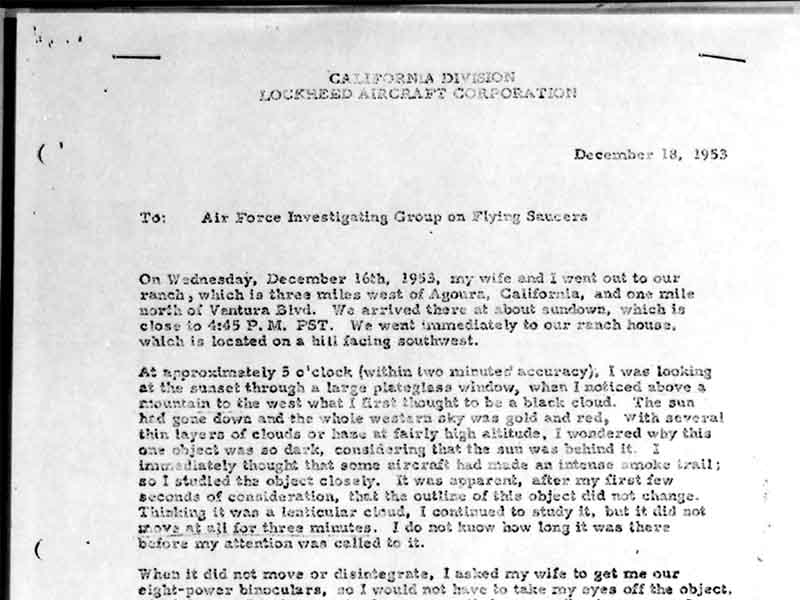
"When it did not move or disintegrate, I asked my wife to get me our eight-power binoculars, so I would not have to take my eyes off the object, which by now I had recognized as a so-called "saucer". As soon as I was given the glasses, I ran outside and started to focus the glasses on the object, which was now moving fast on a heading between 240 and 260. When I got the glasses focused on the object, it was already moving behind the first layer of haze. I gathered its speed was very high, because of the rate of foreshortening of its major axis. The object, even in the glasses, appeared black and distinct, but I could make out no detail, as I was looking toward the setting sun, which was, of course, below the horizon at the time."
"In 90 seconds from the time it started to move, the object had completely disappeared, in a long shallow climb on the heading noted. The clouds were coming onshore, in a direction of travel opposite to that of the object. The time in which my wife and I studied this object was between 5:00 and 5:05. The object, which had hovered stationary for at least three minutes, appeared to be very large but, not knowing its distance from me, I could not estimate its dimensions. At all times, the object appeared as an ellipse, with a finesse [sic.] ratio105 of the larger axis to the minor one of about 7 or 10 to 1. I estimated the position of the object to be roughly over Point Mugu, which lies on a bearing about 255 from my ranch."
The next morning, December 17th, Kelly Johnson went to work and discovered that a group of Lockheed employees flying in a Lockheed WV-2 (also known as a Constellation) - observed the same object, at the same time, from a different vantage point to the South and West of Kelly and Althea Johnson's ranch location near Agoura, California.
Flight Crew Accounts
The Project Blue Book file contains firsthand accounts, submitted along with Mr. Johnson's account, by crew members from the contemporaneous WV-2 flight. These were Roy Wimmer, Engineering Test Pilot; P.A. Colman, Chief Aerodynamics Engineer; R.L. Thoren, Chief Flight Test Engineer; and J.F. Ware, Jr., Section Supervisor, Flight Test.
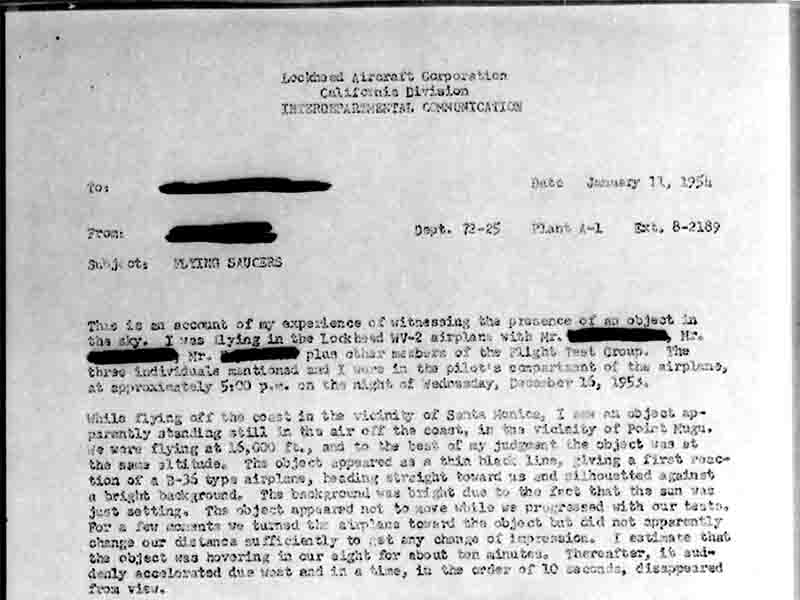
Roy Wimmer, who initially piloted the plane and then handed off the controls to R.L. (Rudy) Thoren, stated, "As Rudy was flying the airplane, I had nothing else to do but to watch the object. After about five minutes, I suddenly realized it was moving away from us heading straight west. In the space of about one minute, it grew smaller and disappeared. I was watching it all the time, so I was able to see it for several seconds after the rest of the crew lost sight of it. Right up until the time it disappeared, it maintained its sharp outline and definite shape, so I know it was not a cloud that dissolved giving the appearance of moving away."
J.F. Ware, Jr. adds, "During this time, it seemed to be stationary, although we did not appear to overtake it at all. My first thought was that it was a large airplane, possibly a C-124, but after looking more closely, it seemed to look more like a large object without wings with a maximum thickness in the middle tapering toward either side. I could not distinguish front or rear on the object. It seemed to be somewhat above us and to the West, over the water, possibly in the vicinity of Santa Barbara Islands."
Rudy Thoren's statement is consistent with his crew members, and his last paragraph is noteworthy: "I might mention that I have been very skeptical of flying saucer stories, and have never even imagined seeing an object in the sky that I was not able to identify. The three of us who watched it from the airplane are all pilots who have been flying for many years on experimental test work, and are trained to have accurate observations. Kelly also has had a lot of experience in flight test work and has been flying for many years and is also a very trained observer. The fact that what he saw and what we saw appears to be identical, and the time and place identical, leads me to believe that it was not exactly an illusion that I observed."


